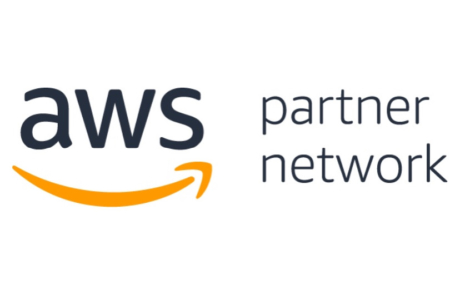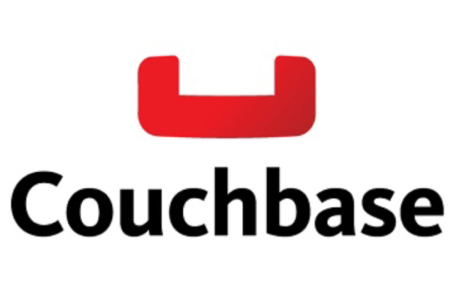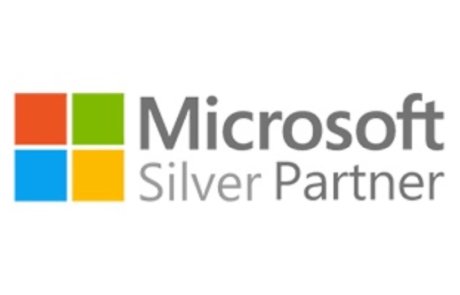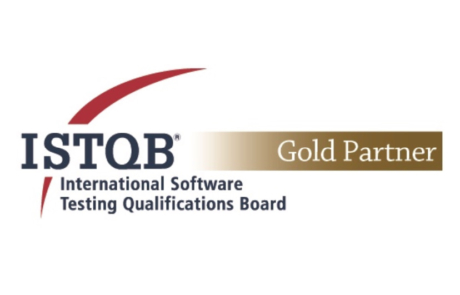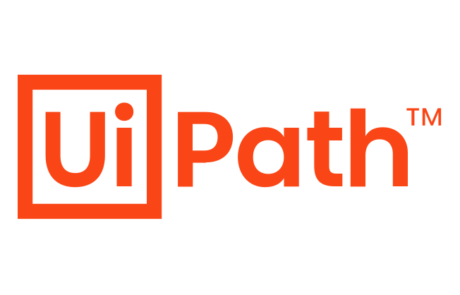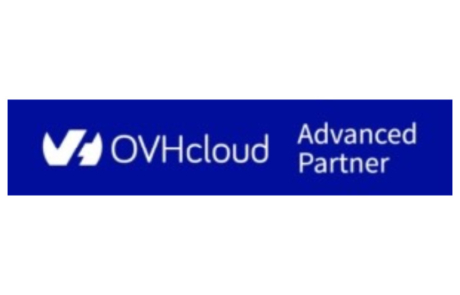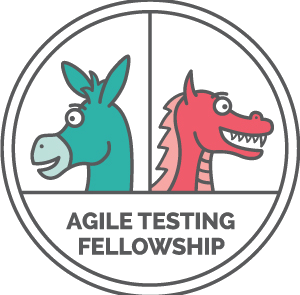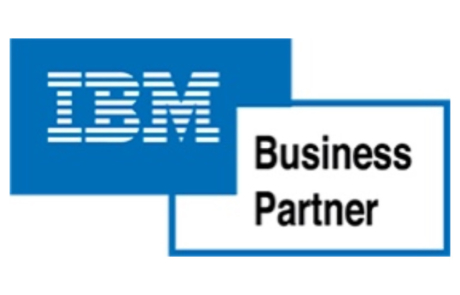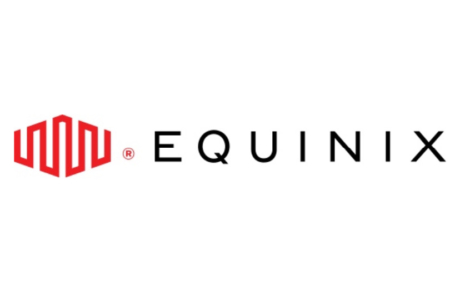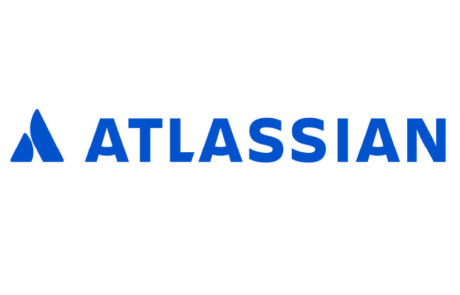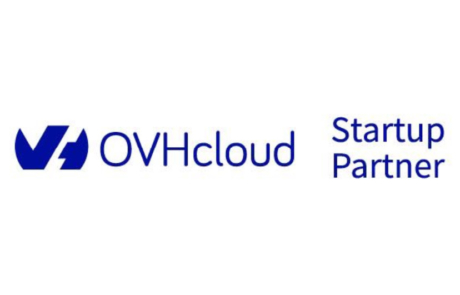From Vision to Reality: Power Platform Architecture in Digital Transformation
Power Platform enables individuals and organizations to analyze data, build solutions, and automate processes all within a low-code approach. These tools empower users to drive innovation and efficiency by facilitating the creation of tailored solutions without requiring extensive coding knowledge, thereby bridging the gap between technical and non-technical users in the digital transformation journey.
In today’s fast-paced digital landscape, embracing digital transformation is essential for organizations seeking to leverage the full potential of Power Platform. This shift involves more than just transitioning from on-premises systems to cloud-based solutions; it requires a fundamental change in organizational culture, processes, and strategies.
Power Platform’s digital transformation encourages flexibility, scalability, and continuous innovation. It requires businesses to think differently about application design, development, security, and management. The cloud provides an environment where solutions can be rapidly deployed, updated, and scaled, enabling organizations to respond quickly to market changes and customer demands. Here are some key principles of digital transformation to consider:
- Embrace Change: Digital transformation strongly requires a willingness to embrace change. This includes fostering a culture open to new technologies and methodologies, encouraging continuous learning, and promoting agility in decision-making processes.
- Focus on Agility: The traditional, lengthy waterfall project management approach is less effective in the cloud. Instead, organizations should adopt agile methodologies that allow for iterative development, continuous feedback, and swift adaptation to new requirements or challenges.
- Enhance Collaboration: The cloud facilitates better collaboration across internal teams. Utilizing tools and integrating various Power Platform applications can break down silos, enhance communication, and streamline workflows.
- Prioritize Security and Compliance: Digital transformation requires a robust security strategy. Organizations must ensure that their cloud environments are secure and compliant with industry standards and regulations. This involves continuous monitoring, threat detection, and implementing best practices for data protection.
- Optimize for Performance: Businesses should leverage cloud-native features and services to enhance performance, such as auto-scaling, load balancing, and advanced analytics.
- Drive Continuous Improvement: By harnessing the power of data and analytics, organizations can gain insights into their operations, identify areas for enhancement, and drive ongoing optimization.
Embracing digital transformation is particularly critical for the successful implementation of Power Platform. The platform’s capabilities for seamless integration, real-time data processing, and advanced analytics are best realized when organizations fully commit to cloud principles.
Another key element for a successful Power Platform transformation journey is an effective solution architecture design. The process begins with a clear vision that defines the desired outcome and the strategic steps needed to achieve it. This vision is crucial as it guides the entire design and implementation process, considering both the business and solution strategy.
This vision sets the stage by outlining what the organization aims to achieve, be it modernizing legacy systems, improving efficiency, or enhancing customer experiences. This vision should align with the business strategy, which provides detailed answers to why the change is needed, the anticipated benefits, and the long-term goals of the organization. A well-defined business strategy ensures that the solution not only addresses current needs but also aligns with future aspirations.
The solution strategy is a comprehensive plan that translates the business vision into actionable steps. It includes creating a solution blueprint, which serves as a living document reviewed periodically throughout the project, helping identify necessary actions, mitigating risks, and resolving issues promptly. Regular reviews ensure that the project stays on track and aligned with the overall objectives.
The building blocks of Power Platform solution architecture include processes, people, and data:
- Processes: These are mapped out to ensure a clear, structured understanding of how the organization operates. This includes defining the scope and creating a process architecture map that serves as a foundation for testing, training, and requirements gathering
- People: Identifying the roles and responsibilities within the organization is crucial. This involves selecting the right partners, ensuring quality control, and facilitating communication between business and IT teams to ensure smooth implementation
- Data: Proper data management is essential for the new solution. This includes understanding what data needs to be recorded and reported, aligning it with business processes and user requirements
As you embark on digitally transforming with Power Platform (really with any digital solution), the key question is: Why are you doing it? Is it merely a patch, or does this represent an opportunity for digital transformation, advancing your business model, outpacing the competition, or something more? When investing in business applications, organizations must identify the value they aim to achieve. Will the technology facilitate this? Does every part involved share the vision to support this journey?
Such an investment requires organizational maturity to understand objectives and think beyond technology implementation. Organizations that recognize the power of data and aim to harness it to disrupt the market are the business application projects that Microsoft’s Power Platform framework seeks to engage with. This forward-thinking approach is where Capitole believes digital culture is heading, and solutions are being designed to support and nurture this vision.

César de la Cruz
Solutions Architect – Power Platform
Your Content Goes Here









